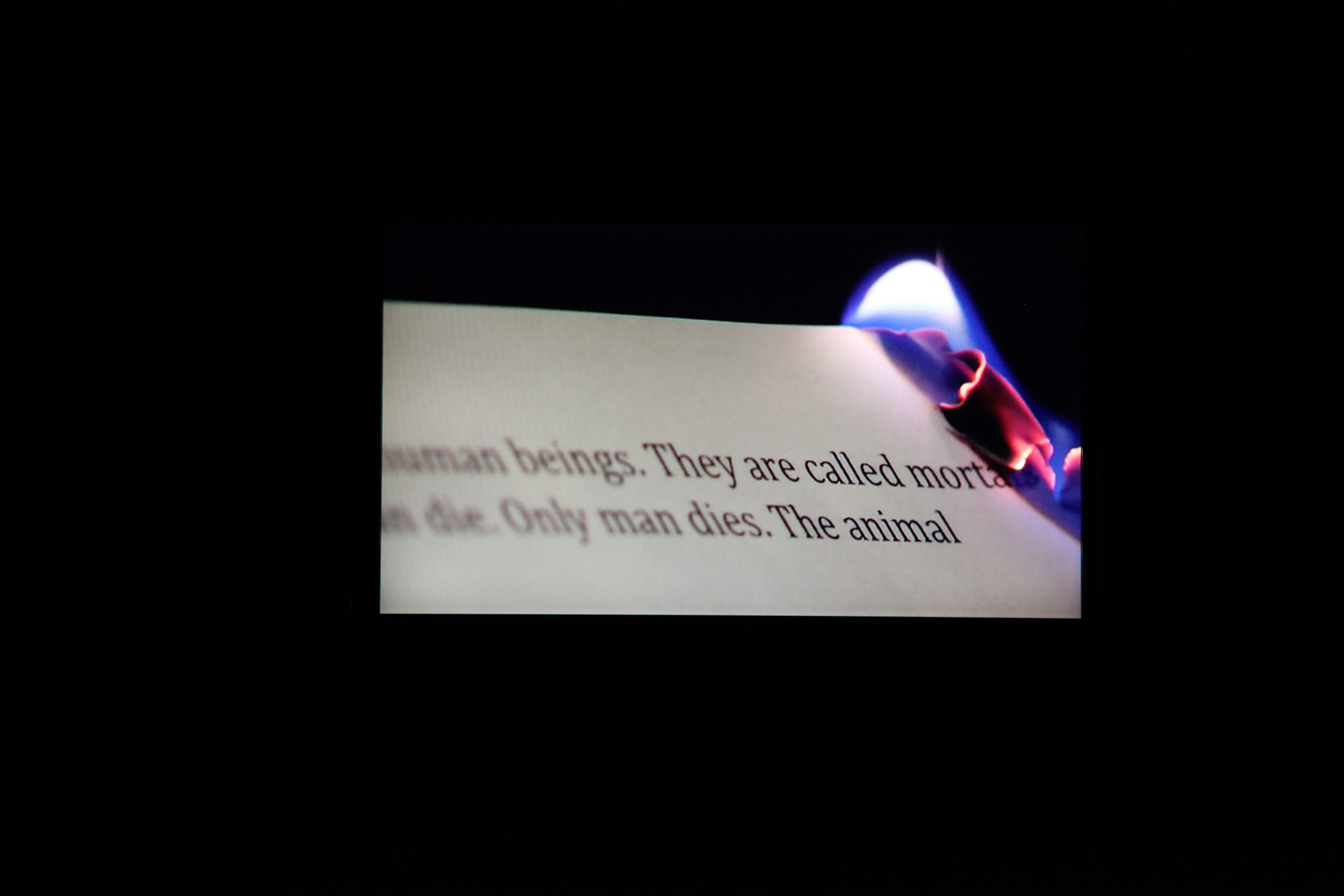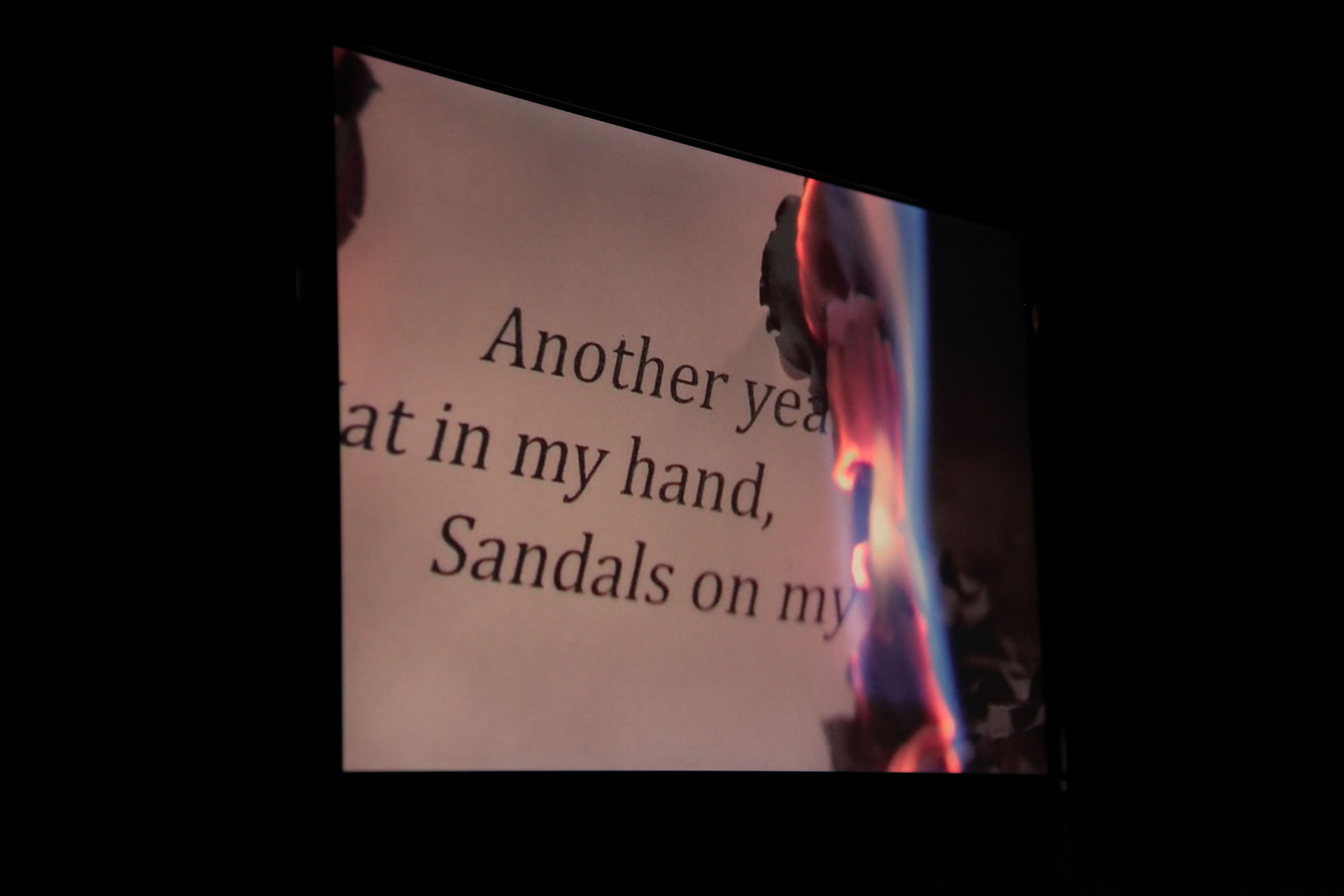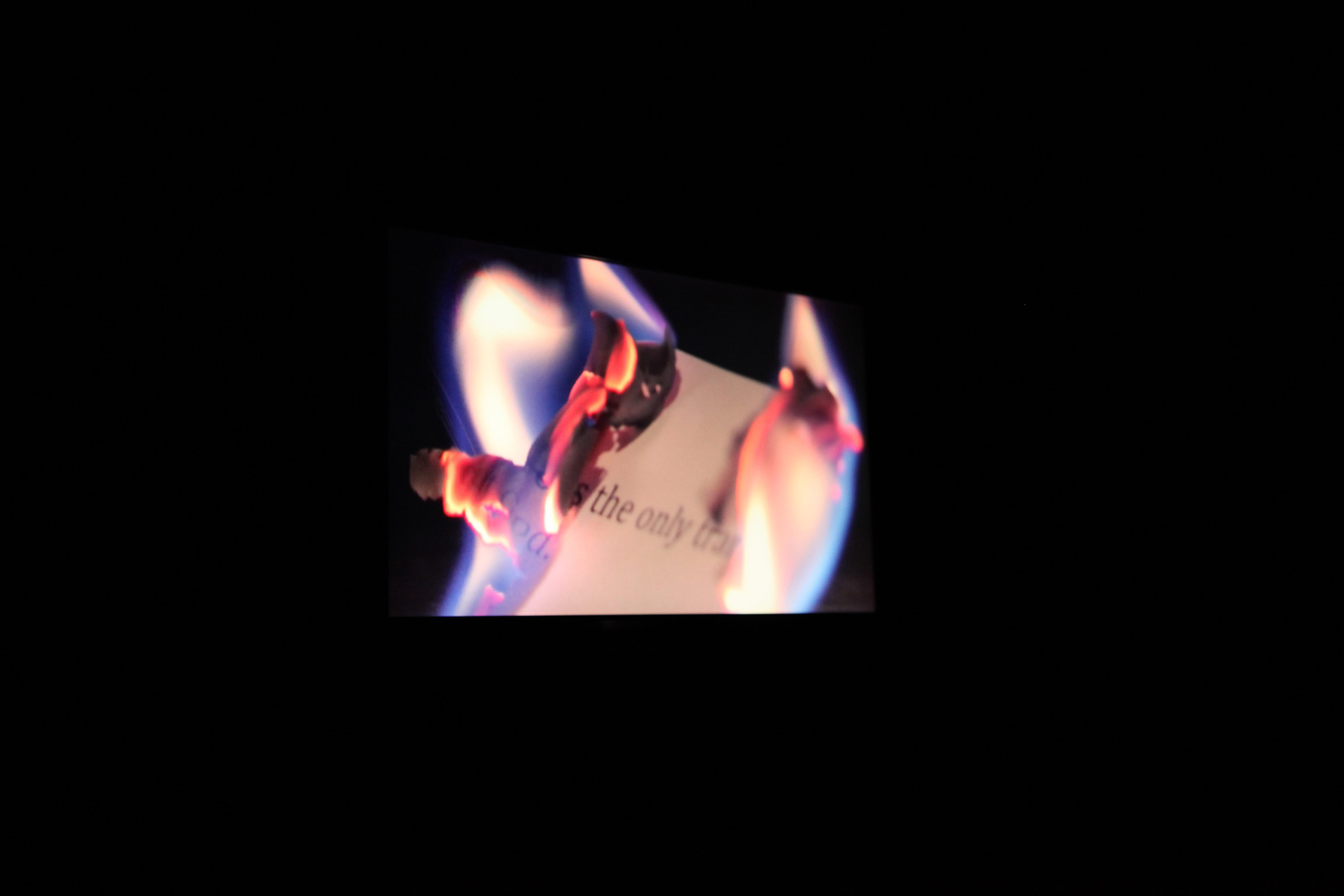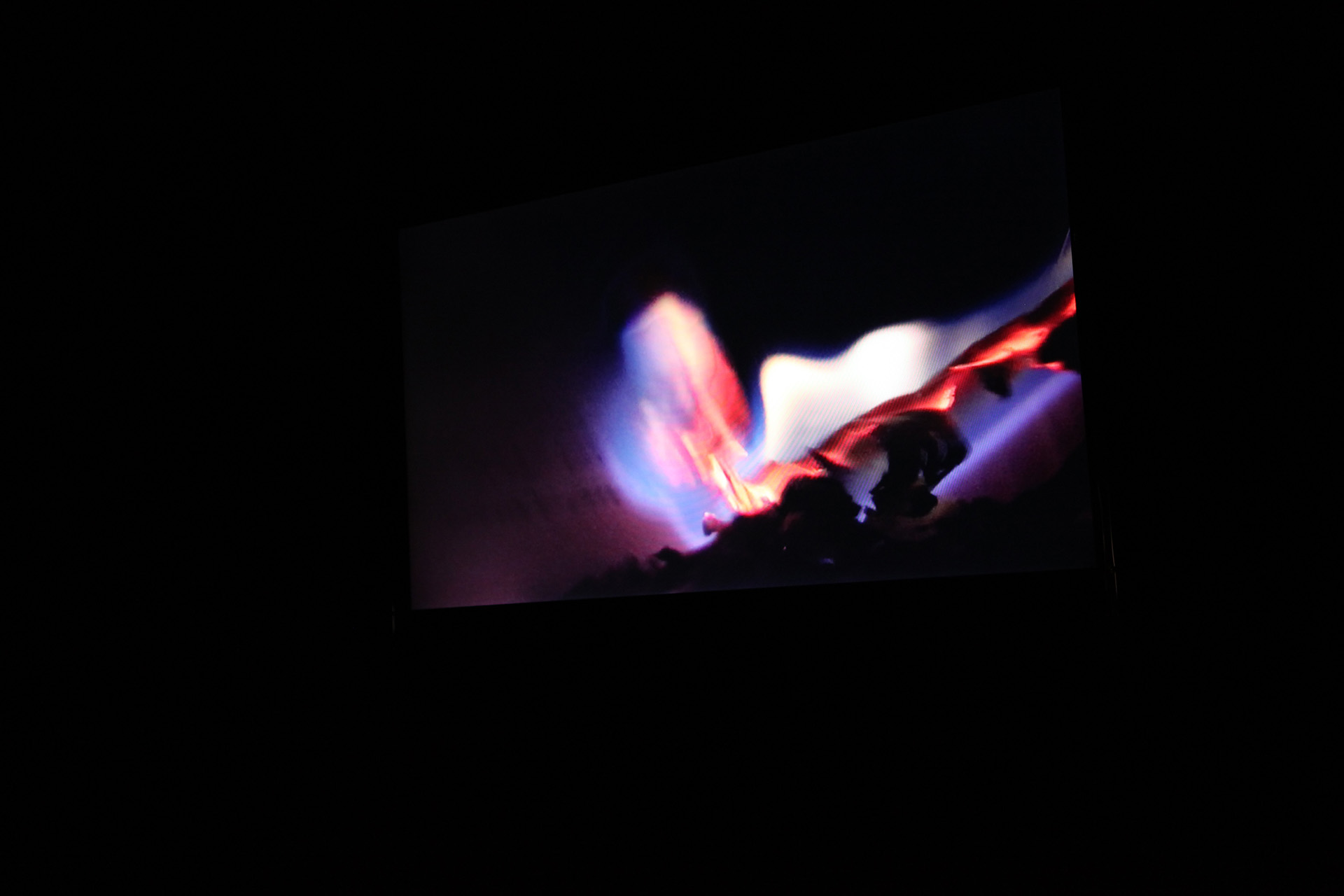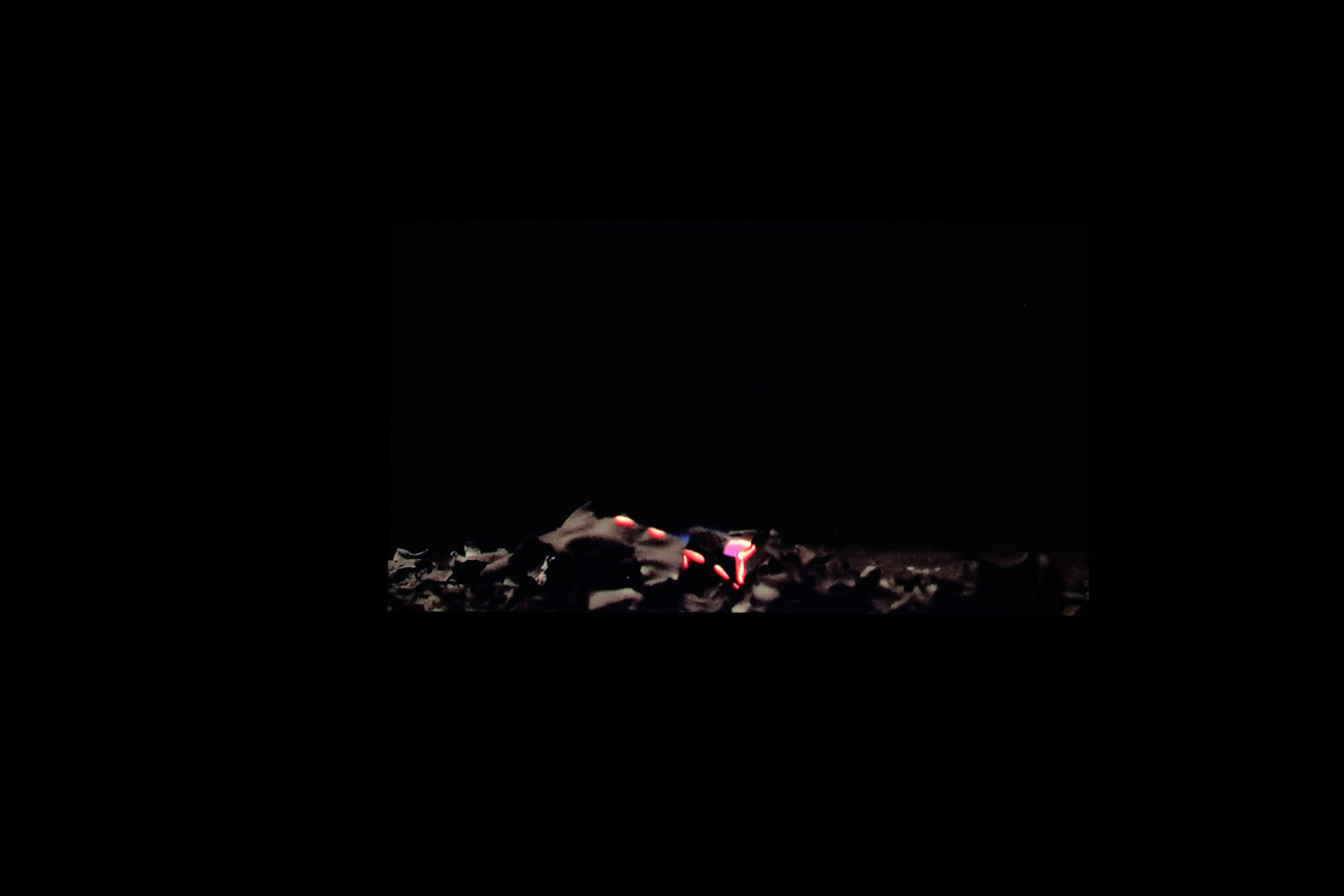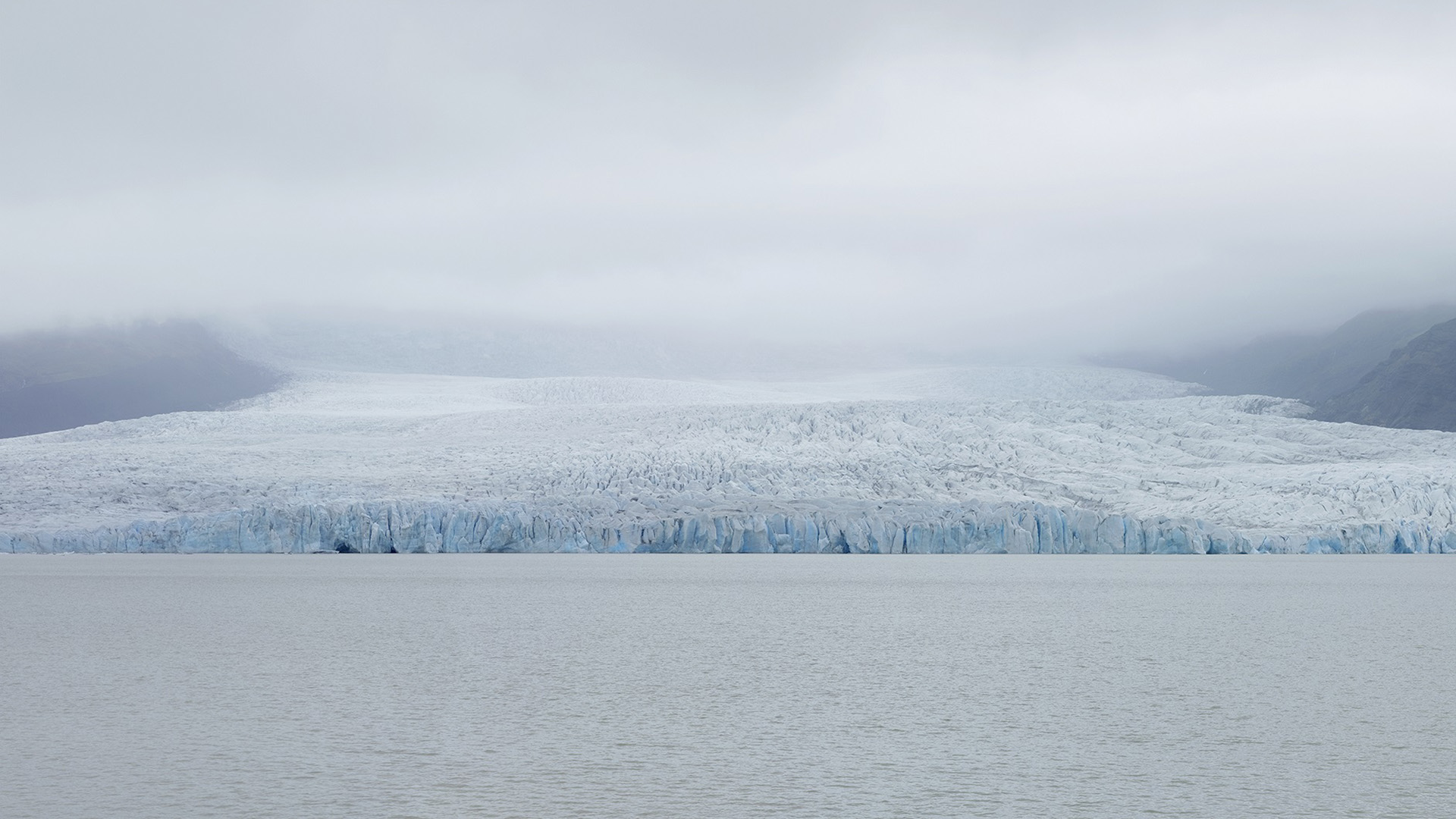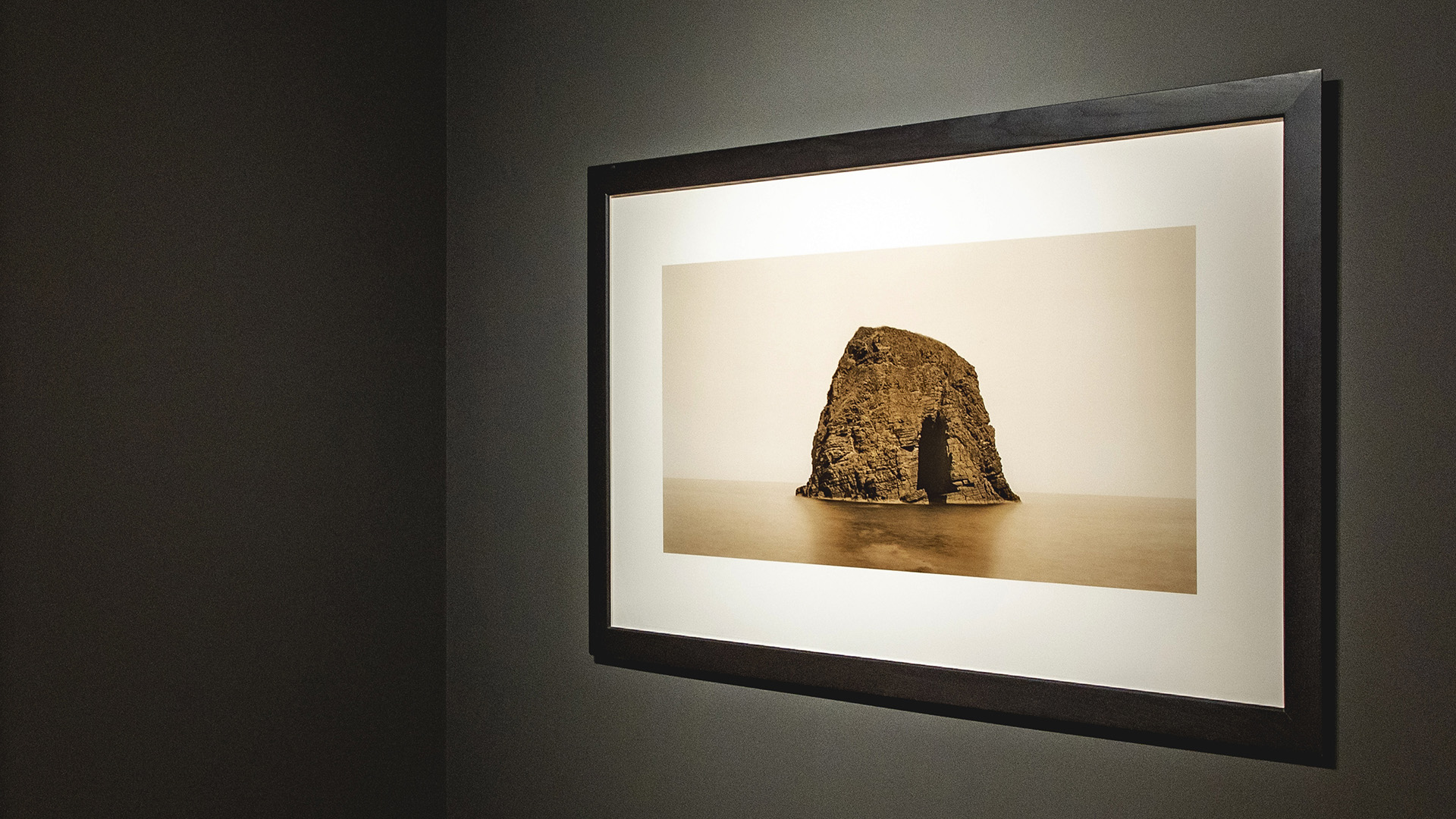Blog
A Testimony of the Unfamiliar: Ali Kazma
19 October 2021 Tue
An essay on the four video works of Ali Kazma from the Borusan Contemporary Art Collection.
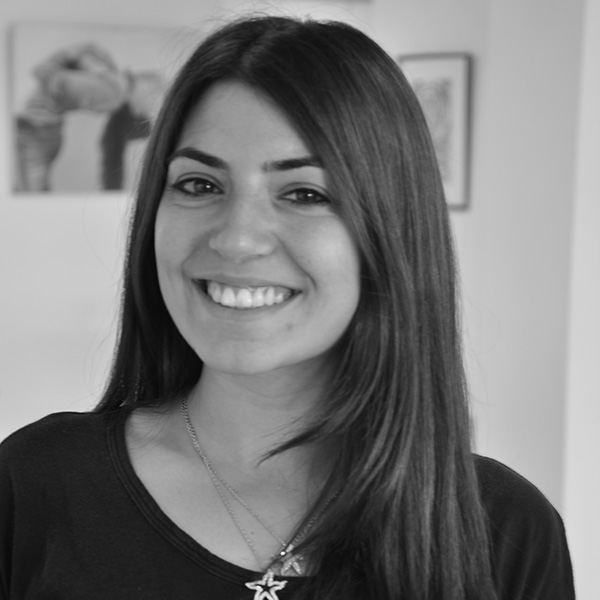
DENİZ CAN
denizdcan@me.com
What makes a video work valuable? Does this value have anything to do with the fact that its author partakes in international art exhibitions that are considered prestigious, or that the works by this artist are included in significant collections? Does it have a rapport with the discussions or numerous articles issuing from the work? How about the subject of a video, the manner in which its content is constructed, or perhaps, its formal characteristics; do they not affect the work’s value? In fact, factors like light, composition, line, spot, form, and texture in lens-based media are perpetually emphasized; doesn’t it bespeak of this very condition?
That being said, I reckon that the emotions, or the memories revived in the viewer are as contributory as the video’s visual qualities. Commentating on the artist figure’s influence on the transformation of culture, Michael Hutter notes: “The creation of sources of cultural newness is usually credited to the individuals who wrote, performed, or shaped the artworks. (…) The relevance of the personal, mental, and physical contribution of the artist is undisputed.” 1 In that respect, if we consider memory as a cumulative sphere, the works that rigorously draw out particular segments from this commotion, then manage to add them new meanings hold a special place. Indeed, there are some works that take the images we are accustomed to, or familiar with, and tell stories beyond our ken without needing too many words, line after line. Works like these cast a line into our memory, like a fishing rod; they estrange us from the image that gets caught, then put forward a whole new meaning and narrative. They subvert all our existing perceptions and succeed at making us believe what lies beyond the known. Yet, this is no trickery. On the contrary, our perception widens and we attain new perspectives. So, if you ask me what the power of an artwork is, I’d say the ability to transport its viewer to the realms beyond the mundane.
How much time do we allocate ourselves in our daily lives, to digest what we see? An image is constantly followed by another one, then yet another one. Do we ever have the time to stop and think over, or try to lend an ear to the plausible stories amid this bombardment of images? These are the questions that cross my mind while I watch Ali Kazma’s works. There are so many things that attract a person in these images, but what are they? I watch every scene almost like a dust particle that is suspended in the air, drifting away slowly. Because I no longer watch the scenes from the viewpoint of a person but from that of another being, which observes this planet, I now have some time to digest what I am seeing. I become alienated to the human body in an anatomy class, much like I become an alien to the seeds stored on an island in the Arctic Sea. Despite my unfamiliarity with these fleeting images, I become the most immediate witness of all these processes.
Ali Kazma lays before us a map of capabilities and potentials of the human body, which he places within distinct temporal and spatial contexts as the epicenter of his work. 2 Phases of various occupations on this map act as an interface. Watching the traces left by these bodies – each doing a particular work, and their actions blissfully, I realize, to my surprise, that even the execution of certain works, which would not necessarily be deemed as “aesthetic” can beget fascinating scenes.
The works of Ali Kazma in the Borusan Contemporary Art Collection almost have a representational quality for his whole body of work. Absence (2011), Written (2011), Subterranean (2016) and Electric (2017) let us in on his production journey spanning over the past decade. In all these video works, it’s possible to find the traces of our species’ actions on this planet. An almost fossilized notion of time as well as our ways of working and living as humans permeates the spaces. 3 Apart from those mobile shots taken whilst mingling among his fellow creatures and following their movements, a sense of seeing things through the eyes of “something else”, something mechanical prevails Ali Kazma’s works: by means of the distanced and static gaze of the camera that is attached on top of a tripod, the artist presents us the remains of the humanity, which has probably altered and transformed our planet singlehandedly. Hence the title of this text: we testify the unfamiliar versions of our own kind.
While I’m at this notion of fossilized time, I can’t help to write a few words on the video work, Written. The fleeting images of this particular work allow us to swim against the stream in the river of time. In that regard, we might speculate that this video is an exception to the rule of fossilized time. If there’s any evidence of human nature in the context of this work, it’s the human intellect’s manifestation in scripture. The artist renders his own reading, grasping and interpreting phases visible through literary quotations, which again puts forth a record of humanity. The scripture, which stood against the test of time and which held a mirror to human life for centuries, is reborn from its ashes. The narrative and its conveyance goes on looping in defiance of the blazing paper; reminding us once more the ephemerality of tangible things in the face of perpetual language and narrative.
1- Throsby, C D., and Michael Hutter. “FOUR: Creating Artistic from Economic Value, Changing Input PRices and New Art.” Beyond Price: Value in Culture, Economics, and the Arts, University Press, Cambridge, 2008, pp. 60. Although Hutter aims to address the value beyond artist’s personal contribution, he defines clearly that very contribution at the production phases of a work, explicitly noting that it affects the value of the work in question.
2- Borusan Contemporary Art Collection, Volume 3. In the conversation between Emre Baykal & Ali Kazma, the artworks’ potential for creating a map for human life is expressed.
3- “Bilsart - Video Sanatını Konuşuyoruz Hafıza, Mekân Ali Kazma Moderator: Nazlı Pektaş.” Bilsart İstanbul / Video Sanatını Konuşuyoruz, Bilsart İstanbul, February 13, 2020. https://www.youtube.com/watch?v=AKXa4uJIC3I. Accessed in 2021.
ABOUT THE WRITER
Deniz Can joined the creative industries in 2011 in Izmir as the program director of KKSM. She realized the first Art Route events in which exhibitions on a monthly-created road map are discussed during visits with the support of local administrations, cultural institutions, and universities. The event series planted the seeds for the experiential art initiative that she co-founded. Can, who continues her works focused on arts and visitor experience in Istanbul, Izmir and abroad, moved to Istanbul to continue her institutional curatorial practice as an independent curator. She carries forward her academic writing skills professionally following the education she received in American Collegiate Institute, Economy Department in Koç University and Masters in Cultural Management at Istanbul Bilgi University
